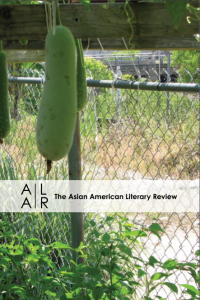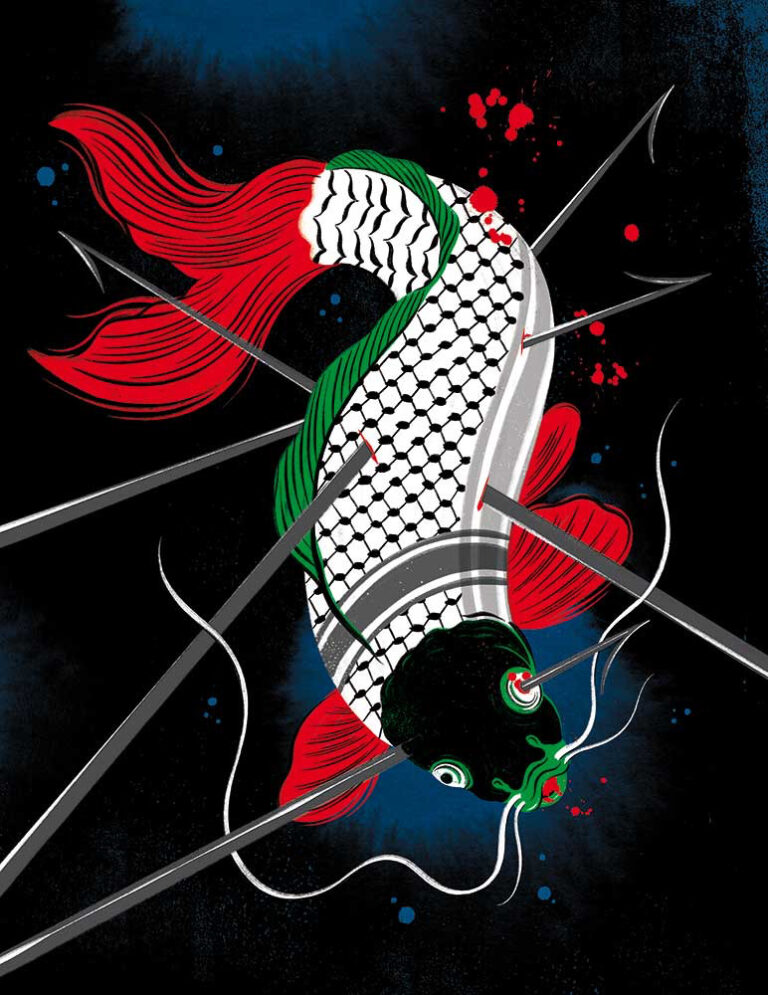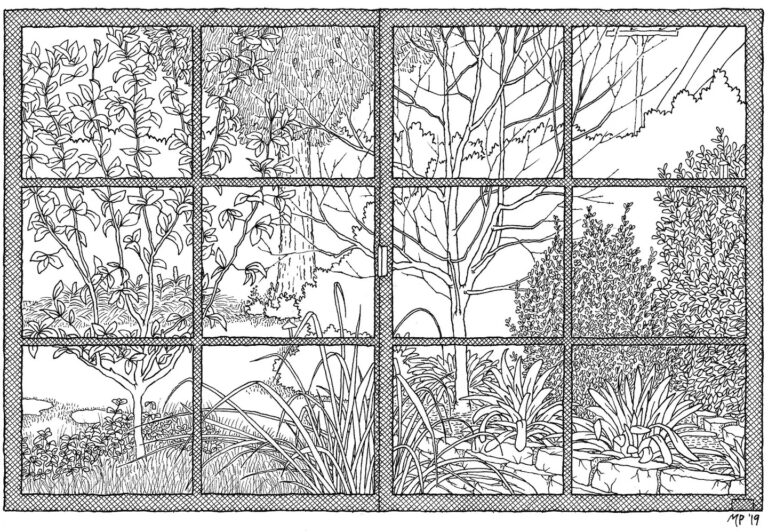“War, Memory and the Future” was originally published in The Asian American Literary Review, volume 2, issue no. 1, pages 277 – 288 (Winter/Spring 2011).
Even as an American child, I was always aware of the presence of the dead. Although my Catholic father and mother did not practice ancestor worship, they kept photographs of their fathers and their mothers on the mantel and prayed to God before them every evening. In the eighties, news of my grandparents’ passing into another world arrived one after the other, accompanied by more photographs in black and white, of rural funeral processions marching through a bleak land, of mourners dressed in simple country clothes and white headbands, of wooden coffins lowered into narrow graves. I knew the fathers and mothers of my father and mother only through their photographs, where they never smiled and where they posed stiffly.
Visiting the homes of other Vietnamese friends in California, I always paused to study the photographs of their relatives, invariably captured in black and white. These photographs, emblematic of a lost time, a lost place, and, in many cases, lost people, were universal signs of our place in the world as refugees, found in every household as keepsakes of memory, hallowed signs of our haunting by the past. Photographs are the secular imprints of ghosts, the most visible sign of their aura, and the closest many in the world of refugees could come to living with those left behind. For many refugees, the clothes on their backs and a wallet full of photographs were all the things they carried with them on their flights. In the strange new land they found themselves in, these photographs transubstantiated into symbols of the missing themselves.
To read the rest of the article, please download the PDF.



